1. Imperial Beach, California

Nestled in San Diego County, Imperial Beach has long been a beloved spot for locals and tourists alike. However, its proximity to the Tijuana River has posed significant environmental challenges. According to a report by the Pulitzer Center, pollution from sewage spills and runoff originating in Mexico frequently contaminates the waters, leading to beach closures and health advisories. The persistent issue has not only affected marine life but also raised concerns among surfers and swimmers about waterborne illnesses.
Efforts to address the contamination have been ongoing, with collaborations between U.S. and Mexican authorities aiming to mitigate the pollution sources. Despite these initiatives, Imperial Beach remains on the list of the most polluted beaches, highlighting the complexities of cross-border environmental management. Community organizations continue to advocate for cleaner waters, emphasizing the need for sustainable solutions to preserve this coastal gem for future generations.
2. South Sound Thea Foss Waterway, Washington

Located in Tacoma, Washington, the South Sound Thea Foss Waterway has a history intertwined with industrial development. Decades of industrial discharge have left a legacy of pollution, with contaminants such as heavy metals and PCBs (polychlorinated biphenyls) present in the sediment and water. These pollutants pose risks to both aquatic ecosystems and human health, deterring recreational activities in the area.
In response to the contamination, extensive cleanup efforts have been undertaken to remediate the waterway. While progress has been made, challenges persist, and the area remains under close monitoring. The South Sound Thea Foss Waterway serves as a reminder of the long-term environmental impacts of industrial activities and the ongoing efforts required to restore and protect natural water bodies.
3. Keaton Beach, Florida
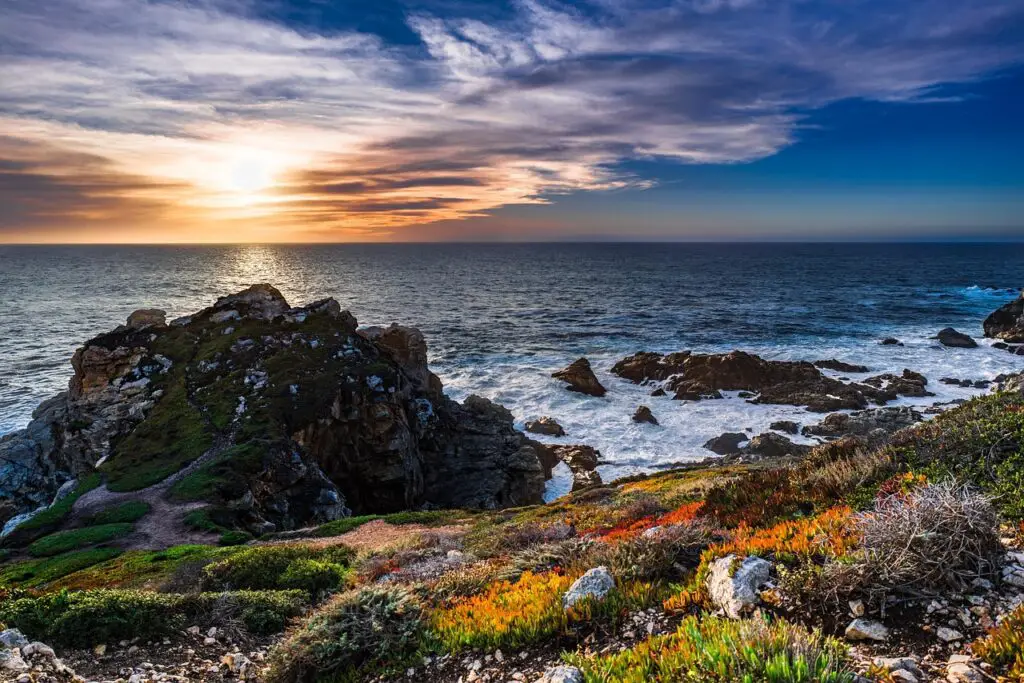
Situated in Taylor County, Keaton Beach is a quaint coastal community known for its fishing and laid-back atmosphere. Unfortunately, the beach has faced pollution challenges, primarily attributed to surface runoff, stormwater, and animal waste, including bird droppings. According to a report by CBS News, these factors contribute to elevated bacteria levels in the water, leading to health advisories and concerns among beachgoers.
Local authorities have been working to identify and mitigate the pollution sources affecting Keaton Beach. Public education campaigns emphasize the importance of proper waste disposal and the management of stormwater runoff to reduce contamination. While efforts are ongoing, Keaton Beach’s experience underscores the impact of non-point source pollution on coastal environments and the need for community involvement in preservation initiatives.
4. North Point Marina, North Beach, Illinois
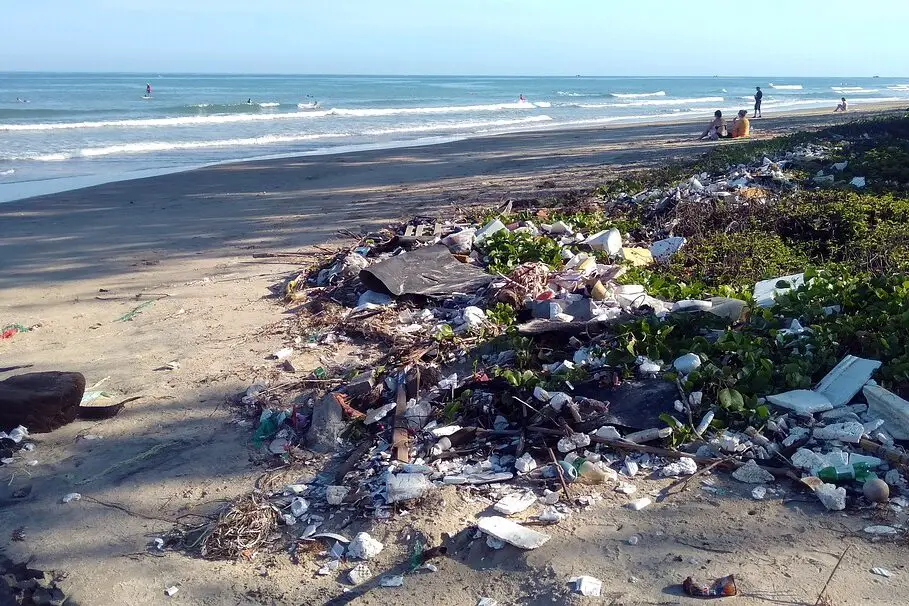
Located on the shores of Lake Michigan in Lake County, North Point Marina North Beach is part of the largest marina on the Great Lakes. Despite its significance, the beach has struggled with pollution issues, particularly related to bacterial contamination, according to the Swim Guide. Sources of pollution include stormwater runoff and potential discharges from boats, leading to water quality concerns that affect recreational use.
Efforts to improve water quality at North Point Marina North Beach have included monitoring programs and infrastructure improvements to manage runoff. Public awareness campaigns aim to educate visitors and boaters about best practices to prevent pollution. The situation at this beach highlights the challenges of balancing recreational use with environmental stewardship in heavily trafficked marina areas.
5. Manzanita Beach, Oregon
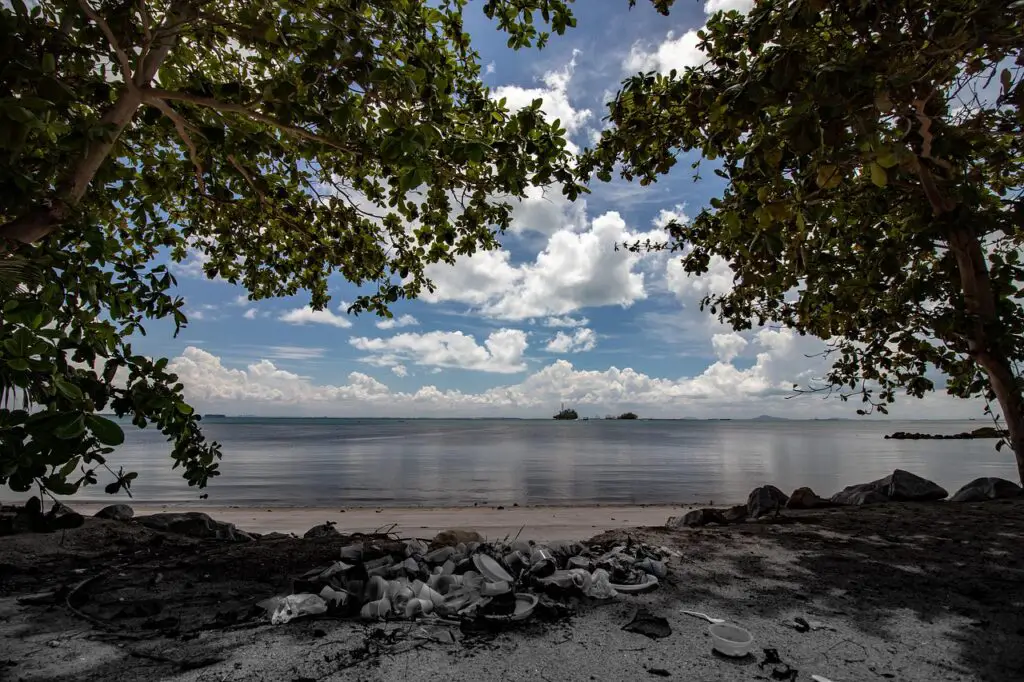
Manzanita Beach, located on Oregon’s picturesque coastline, is known for its scenic beauty and tranquil environment. However, it has faced pollution challenges that have raised concerns among residents and visitors. According to Oregon Shores, sources of contamination include stormwater runoff and potential septic system failures, leading to elevated bacteria levels in the water.
Local initiatives have been implemented to address these issues, focusing on improving wastewater management and reducing runoff through green infrastructure. Community engagement plays a crucial role in these efforts, with residents participating in beach cleanups and advocating for sustainable practices. Manzanita Beach’s experience illustrates the importance of proactive measures and community involvement in maintaining the health of coastal ecosystems.
6. Fairhope Public Beach, Alabama
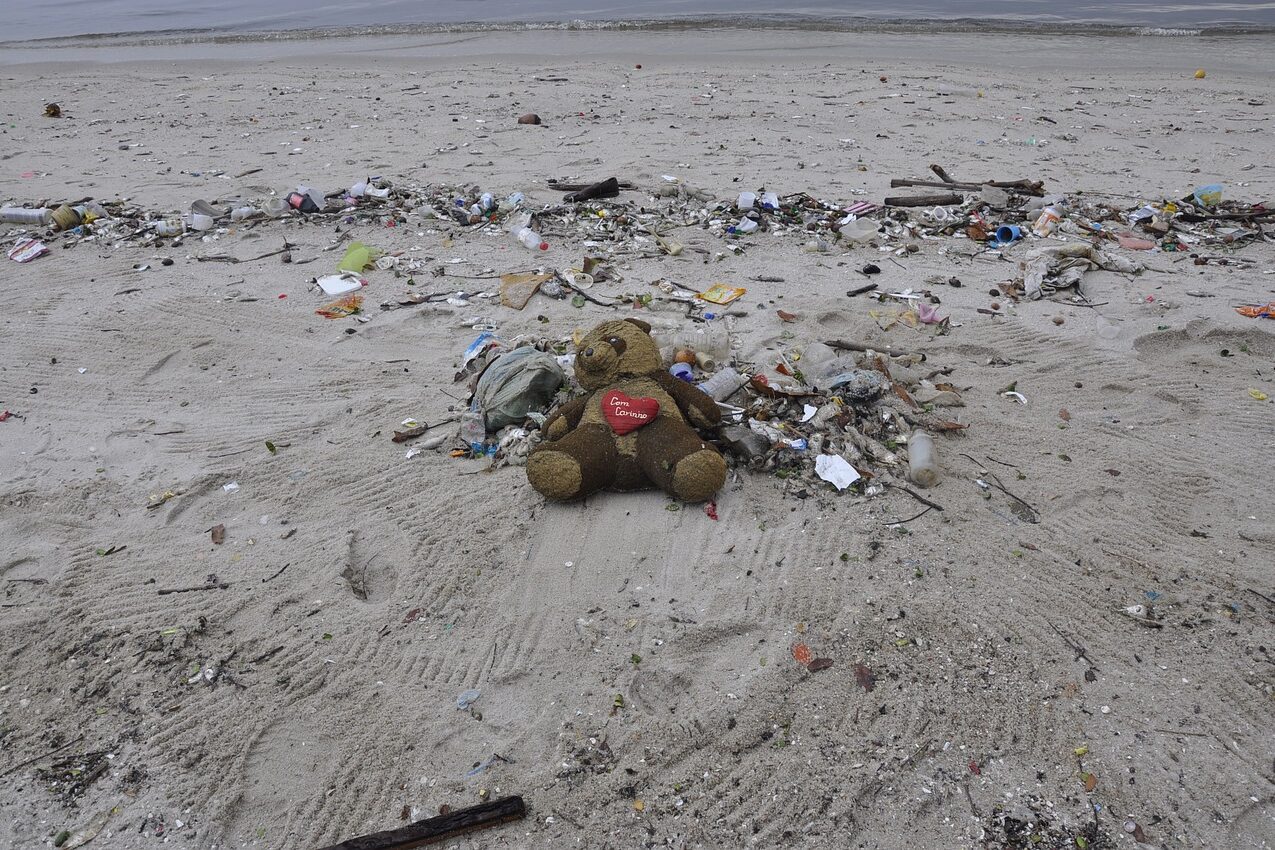
Fairhope Public Beach, situated along Mobile Bay in Alabama, offers scenic views and a family-friendly atmosphere. Despite its appeal, the beach has encountered pollution problems, particularly related to elevated bacterial levels. According to Alabama Public Radio, contributing factors include stormwater runoff and occasional sewage overflows, which compromise water quality and pose health risks to swimmers.
In response, the city of Fairhope has undertaken measures to improve infrastructure and reduce pollution sources. Upgrades to the sewage system and the implementation of better stormwater management practices aim to protect the bay’s water quality. The situation at Fairhope Public Beach highlights the need for continuous investment in infrastructure and environmental management to ensure safe and clean recreational waters.
7. Santa Monica Pier, California
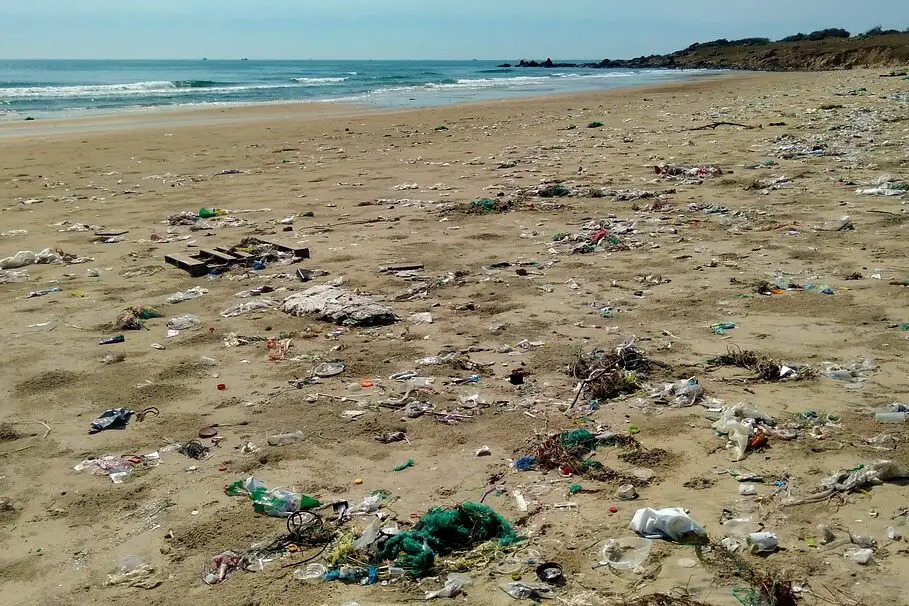
The Santa Monica Pier is an iconic landmark, attracting millions of visitors annually with its amusement park, aquarium, and vibrant atmosphere. However, the adjacent beach has faced persistent pollution challenges, primarily due to urban runoff and stormwater discharges. These pollutants often lead to high bacteria counts, resulting in periodic advisories against swimming.
To combat these issues, the city has implemented various initiatives, including the installation of stormwater treatment facilities and the promotion of green infrastructure to capture and treat runoff before it reaches the ocean. Public education campaigns also encourage residents and visitors to minimize pollution by properly disposing of waste and reducing the use of harmful chemicals. The efforts at Santa Monica Pier demonstrate the complexities of managing urban beaches and the importance of integrated approaches to pollution prevention.
8. Cole Park Beach, Texas
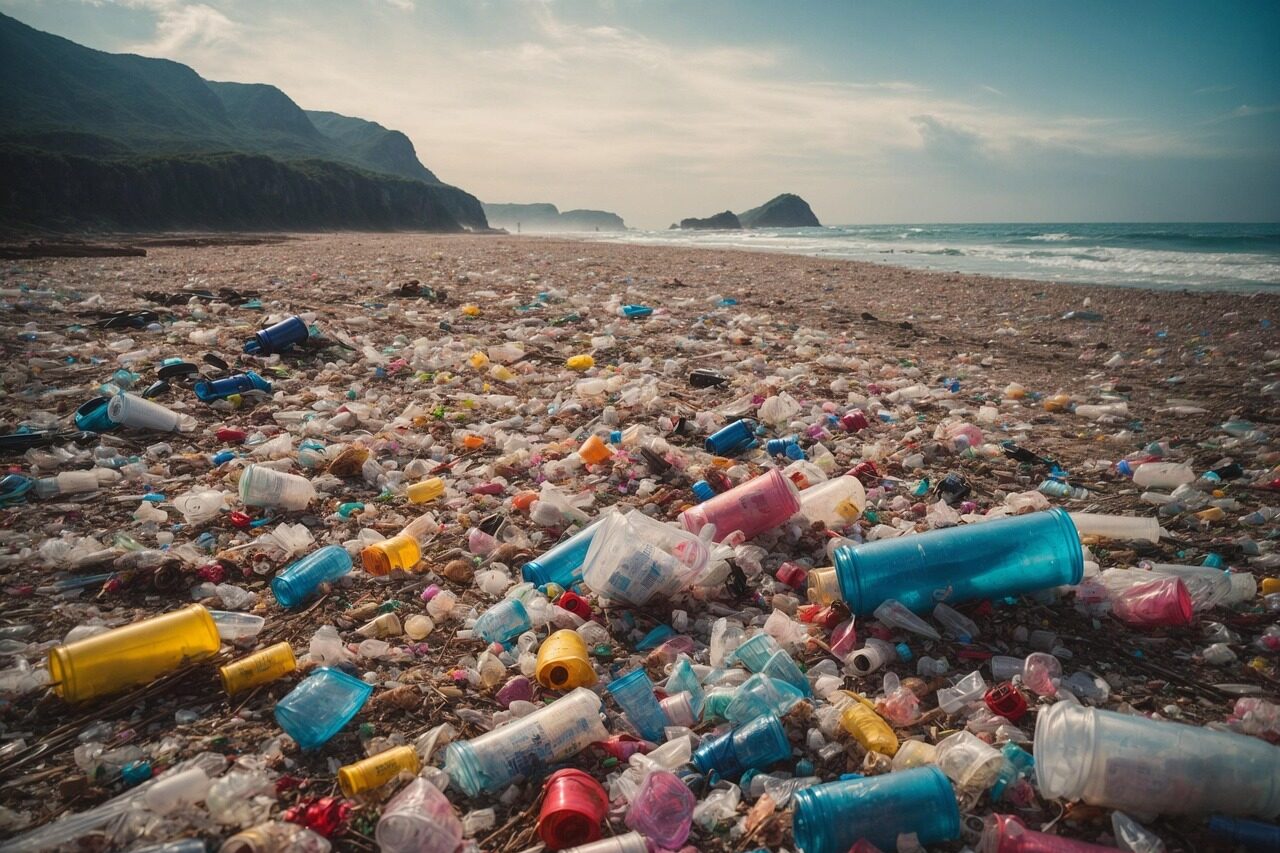
Cole Park Beach, located in Corpus Christi, Texas, is a well-loved destination for families and outdoor enthusiasts. It offers a picturesque waterfront setting with a fishing pier, walking trails, and a skate park. However, despite its scenic appeal, the beach has struggled with pollution issues for years. The primary concern revolves around high bacteria levels in the water, which can make swimming unsafe. Stormwater runoff is a significant factor, carrying pollutants from urban areas directly into the bay. Additionally, occasional sewage spills and waste from nearby developments have exacerbated water quality concerns.
Efforts to improve the beach’s condition include increased water quality monitoring and better stormwater management systems. Local environmental groups have pushed for stricter regulations on waste disposal and infrastructure improvements. While Cole Park Beach remains a popular spot, ongoing challenges highlight the delicate balance between urban expansion and maintaining clean natural spaces. If these efforts continue, there’s hope that this beach can someday shed its reputation as one of the most polluted in Texas.
9. Venice Beach, California
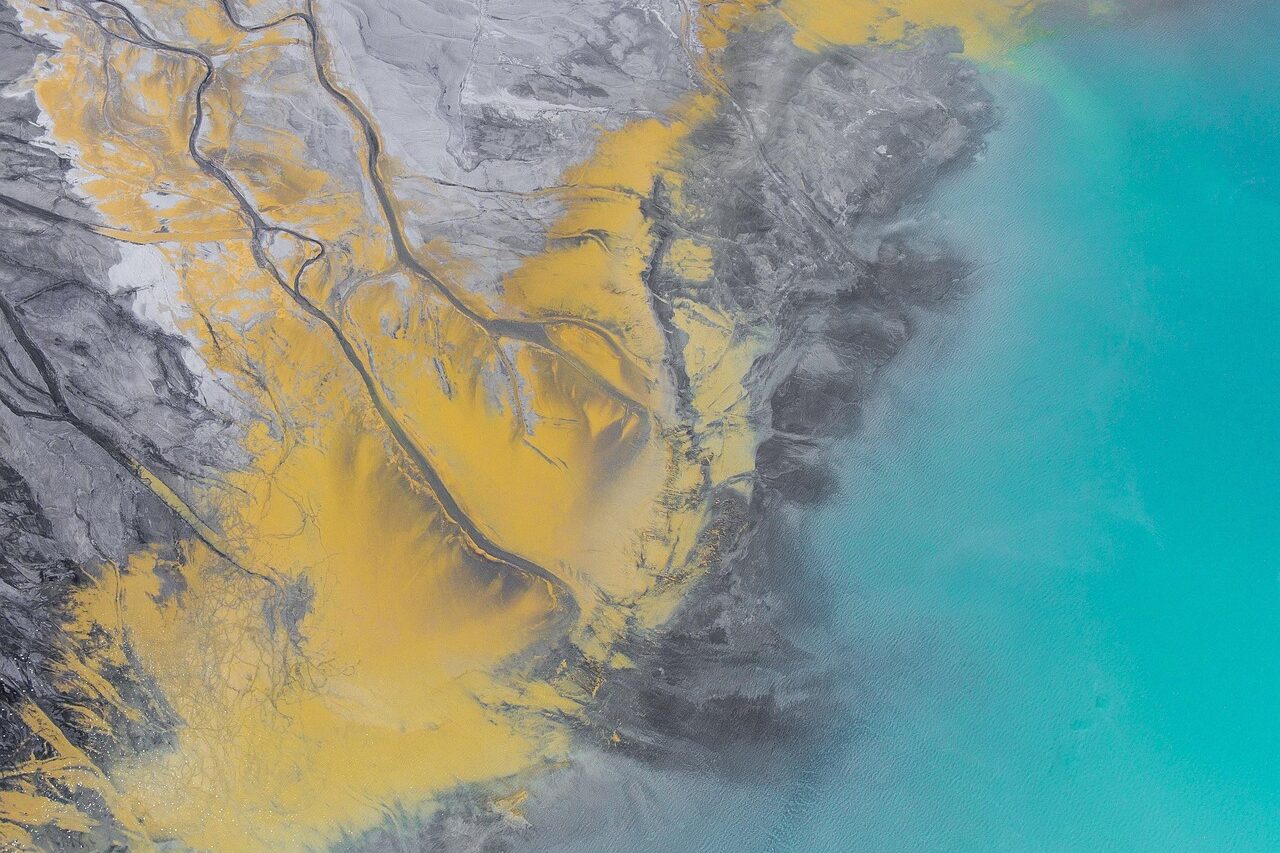
Venice Beach in Los Angeles is famous for its vibrant boardwalk, eclectic street performers, and surf-friendly waves. It’s a cultural hotspot that attracts millions of visitors each year, but its waters tell a different story. Pollution has been a persistent issue, largely due to stormwater runoff and urban waste washing into the ocean. The problem intensifies after heavy rains, when contaminants from city streets—oil, trash, and chemicals—flow directly into the Pacific. Additionally, the large homeless population in the area has led to increased waste and sanitation issues, further impacting water quality.
To combat pollution, Los Angeles has implemented stormwater treatment projects and improved sewage infrastructure. Beach cleanup initiatives and awareness campaigns have also helped reduce litter. Despite these efforts, Venice Beach still struggles with pollution, particularly after rainfall. Visitors are advised to avoid swimming immediately after storms, as bacteria levels can spike. While Venice Beach remains an iconic destination, its water quality issues serve as a reminder of the environmental impact of urbanization.
10. Beachwood Beach West, New Jersey
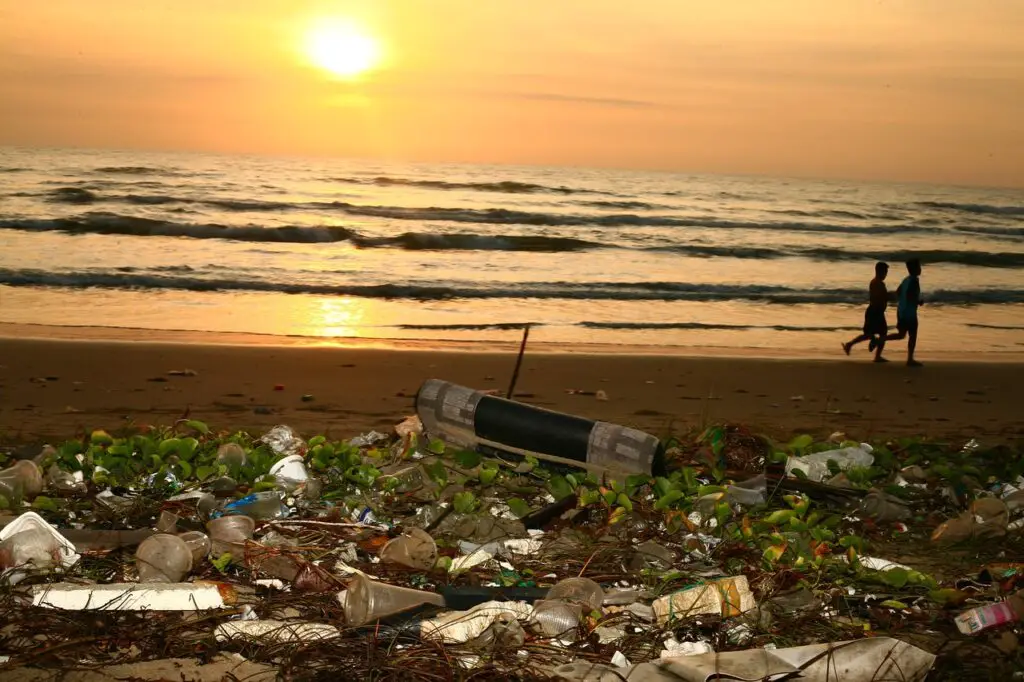
Situated along Barnegat Bay, Beachwood Beach West has historically struggled with water pollution, making it one of New Jersey’s most contaminated beaches. The primary culprit is stormwater runoff, which carries pollutants like fertilizers, pet waste, and debris into the bay. The bay’s limited circulation exacerbates the issue, trapping contaminants and allowing bacteria levels to rise. This has led to frequent water advisories, discouraging swimming and other water activities.
Efforts to improve water quality include upgrading stormwater infrastructure and promoting responsible waste disposal among residents. Local organizations have also emphasized the importance of reducing fertilizer use and controlling pet waste to prevent runoff pollution. While Beachwood Beach West has seen some improvements, it remains a cautionary tale about the long-term effects of poor environmental management. The battle for cleaner waters is ongoing, but with continued efforts, the beach may eventually recover.
11. Kiddie Beach Park, California

Located in Ventura County, Kiddie Beach Park is a small, sheltered beach designed for families and young children. Unfortunately, despite its charming appeal, the beach consistently ranks among the most polluted in California. The enclosed nature of the cove means that water circulation is poor, allowing bacteria levels to rise. Contaminants come from storm drains, nearby boats, and even wildlife, making the water unsafe for prolonged exposure. The pollution problem is particularly concerning given that children are the primary visitors to this beach.
In response, Ventura County has increased water quality monitoring and implemented measures to reduce pollution. Signs are posted to warn beachgoers when contamination levels are high. Despite these efforts, Kiddie Beach Park continues to face challenges due to its geographical constraints. Visitors are encouraged to check water quality reports before heading out, ensuring a safer experience for young swimmers.
12. Cabrillo Beach, California
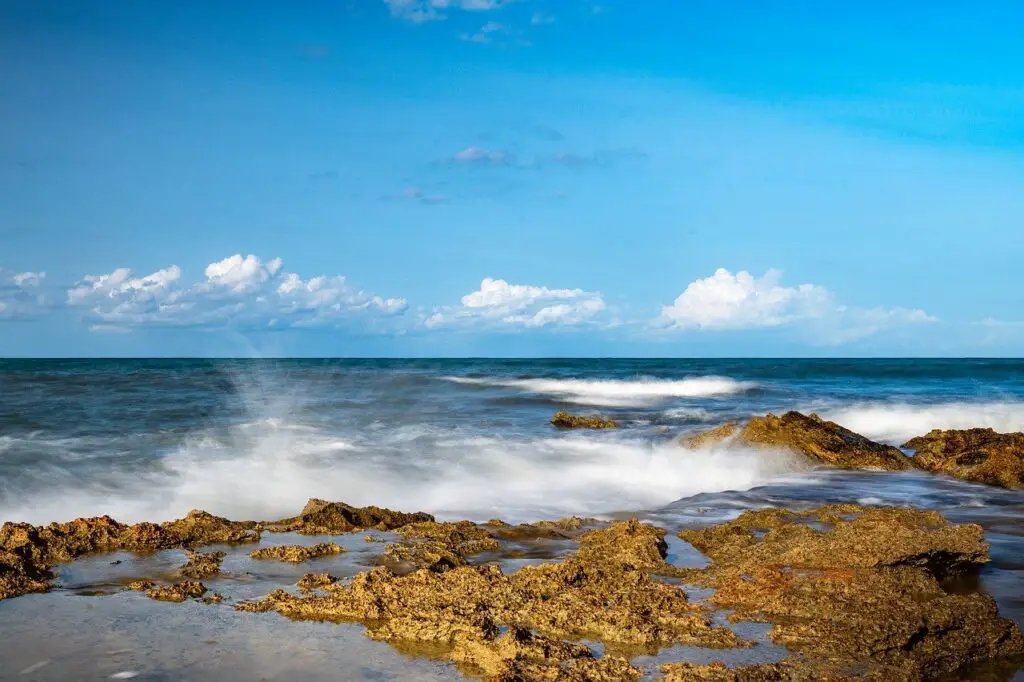
Cabrillo Beach, located in Los Angeles near San Pedro, is another beach that struggles with pollution, especially on its inner harbor side. The main issue is water stagnation—since the beach is enclosed by breakwaters, there’s limited circulation, allowing bacteria and contaminants to accumulate. Urban runoff, sewage spills, and industrial activity in the nearby port contribute to poor water quality. Swimming here can pose health risks, with advisories frequently issued due to high bacteria levels.
Local authorities have tried to mitigate the issue by improving wastewater treatment and cleaning up industrial waste. However, Cabrillo Beach still ranks as one of the most polluted in the region. While the outer beach area sees better water quality due to direct ocean exposure, the inner harbor side remains problematic. Until further improvements are made, visitors are urged to stay informed about water conditions before taking a dip.
Now let’s take a look at the cleanest beaches.
1. Poipu Beach, Hawaii
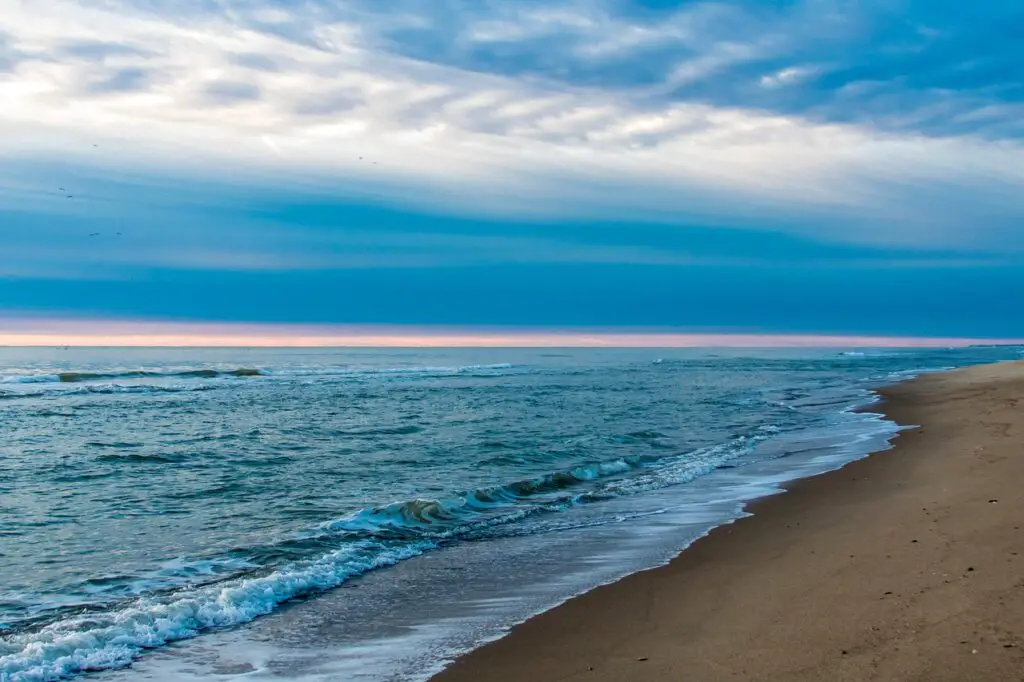
Poipu Beach, located on the sunny south shore of Kauai, is consistently ranked as one of the cleanest beaches in the U.S. The golden sands and turquoise waters are postcard-perfect, and the beach’s exceptional cleanliness is maintained through strict environmental regulations. Unlike many other coastal destinations, Poipu benefits from excellent water circulation, reducing the accumulation of pollutants. Additionally, community-led conservation efforts help protect the local ecosystem, ensuring that the beach remains unspoiled.
Visitors to Poipu Beach can enjoy a variety of activities, including snorkeling, swimming, and surfing. Marine life is abundant, with Hawaiian monk seals and sea turtles often making an appearance. Local businesses and environmental organizations work together to preserve the beach’s natural beauty, implementing sustainable tourism practices. The combination of natural factors and human dedication makes Poipu Beach a shining example of coastal preservation done right.
2. Cape Hatteras National Seashore, North Carolina
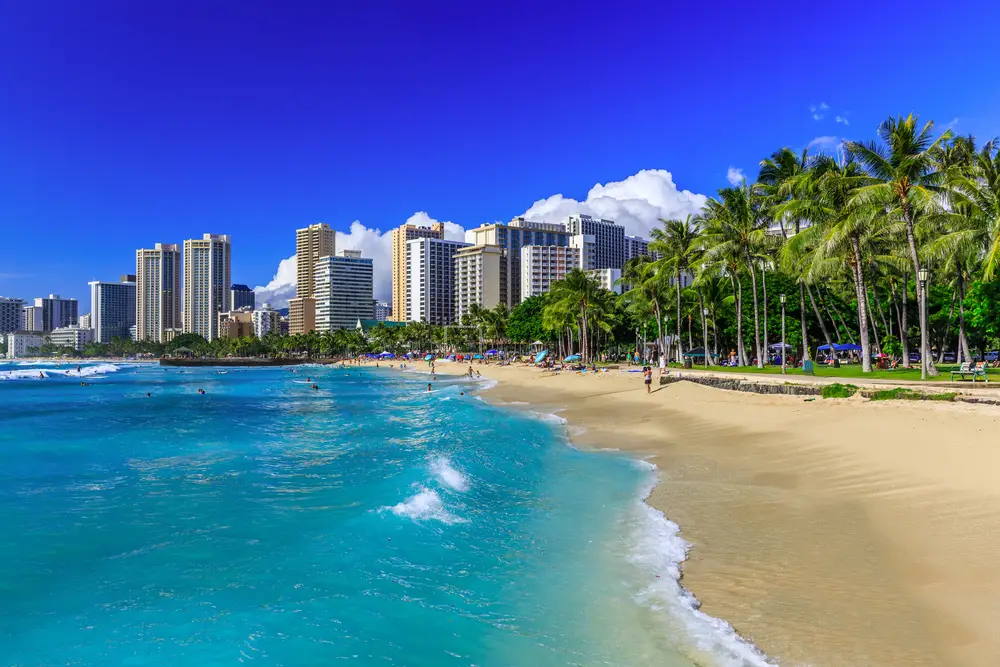
Cape Hatteras National Seashore, part of the Outer Banks, is a breathtaking stretch of undeveloped coastline known for its clean, well-preserved beaches. As a federally protected area, the seashore has stringent regulations that prevent pollution and overdevelopment. This ensures that the water remains clear and the dunes stay pristine. Because of its location, Cape Hatteras benefits from strong ocean currents that help keep pollutants at bay.
The seashore is a paradise for nature lovers, offering miles of scenic shoreline, historic lighthouses, and abundant wildlife. Visitors can explore tide pools, watch wild horses roam the beaches, or enjoy world-class fishing. Unlike many crowded tourist beaches, Cape Hatteras provides a tranquil escape, where the natural beauty of the coastline takes center stage. Its status as a national park ensures that future generations will continue to enjoy its unspoiled splendor.
3. Laguna Beach, California
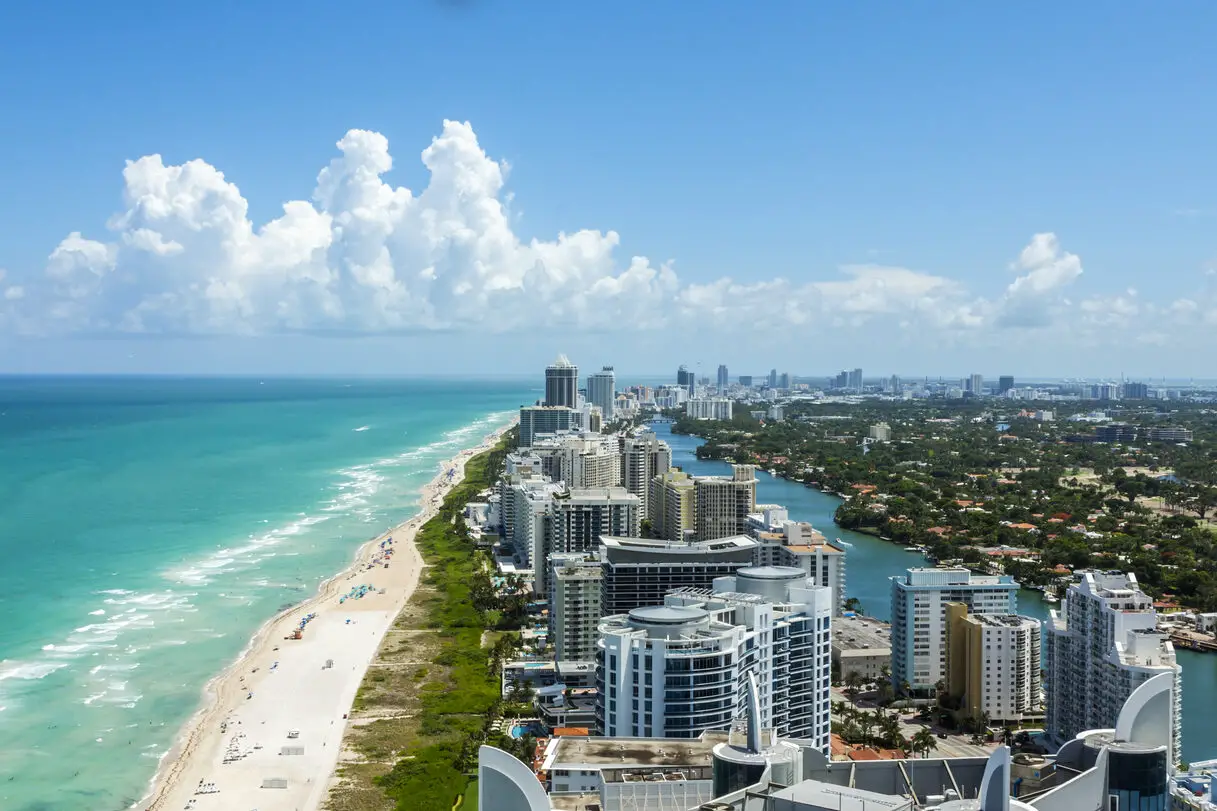
Laguna Beach, located in Orange County, is widely regarded as one of California’s cleanest and most picturesque coastal destinations. With its crystal-clear waters, tide pools, and dramatic cliffs, it attracts both nature lovers and sun-seekers. The city has implemented strict measures to maintain water quality, including bans on plastic bags and single-use plastics. Additionally, the community is highly involved in preserving marine life, with designated marine protected areas that restrict fishing and pollution.
A major factor in Laguna Beach’s cleanliness is the presence of natural water filtration systems, such as kelp forests and tide pools, which help absorb pollutants. Visitors can enjoy a variety of activities, from snorkeling and paddleboarding to simply lounging on the sand. Local organizations frequently host beach cleanups, ensuring that Laguna remains a model for sustainable coastal tourism. The combination of government regulations and community involvement has made Laguna Beach a standout example of environmental stewardship.
4. Caladesi Island State Park, Florida
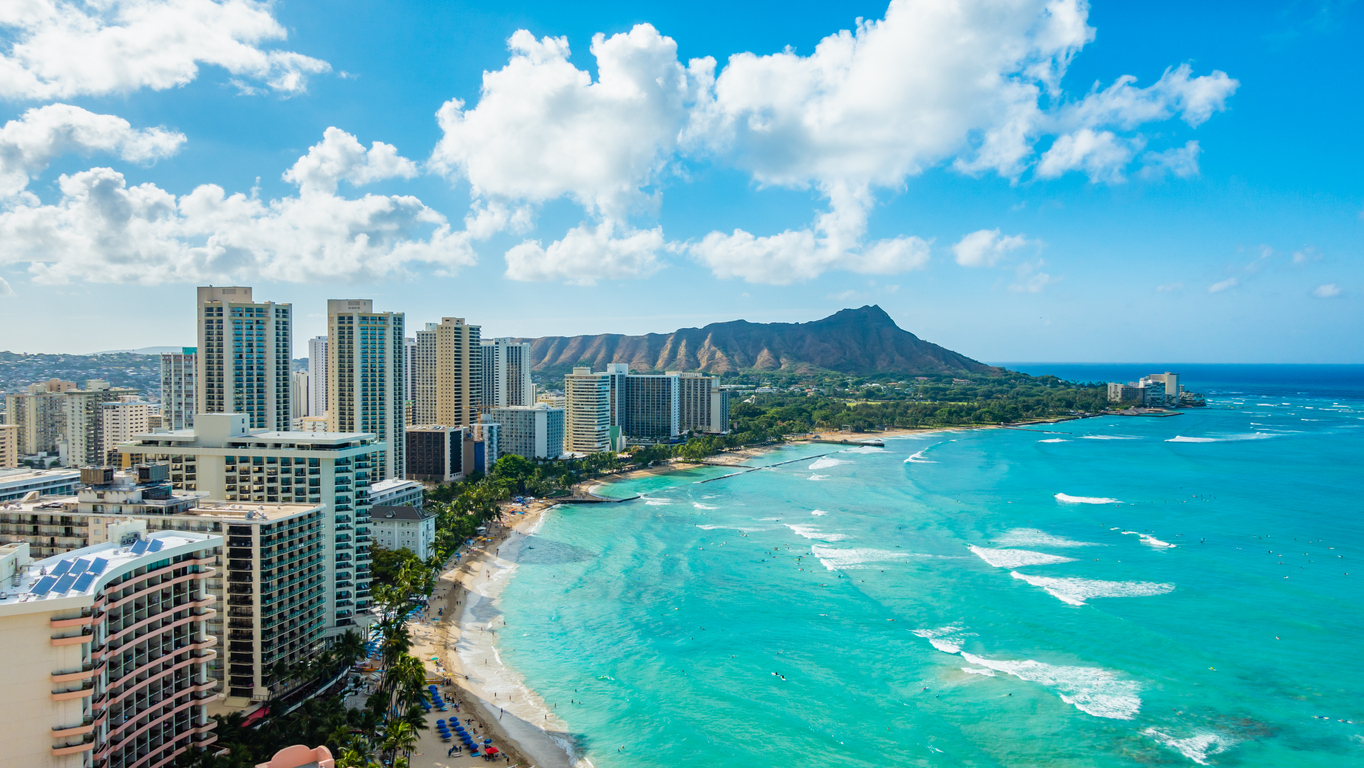
Caladesi Island State Park, located off the coast of Clearwater, Florida, is one of the few remaining undeveloped barrier islands in the state. Accessible only by boat or ferry, this secluded paradise offers some of the cleanest, most pristine beaches in the country. Because there are no roads leading to the island, it has remained largely untouched by pollution and urban runoff. The water here is crystal-clear, with gentle waves rolling onto soft, powdery-white sand. Unlike many heavily trafficked Florida beaches, Caladesi Island benefits from strict conservation efforts that prevent overtourism and keep its ecosystem thriving.
Visitors to Caladesi Island can enjoy a variety of activities, including kayaking through mangrove forests, birdwatching, and snorkeling in the warm Gulf waters. The island is home to diverse wildlife, from ospreys and gopher tortoises to dolphins playing just offshore. With no high-rise hotels, crowded boardwalks, or pollution from heavy foot traffic, this beach feels like stepping into a nature documentary. The state park staff actively maintain the cleanliness of the shoreline, ensuring that visitors can experience Florida’s coastline in its most natural and beautiful form.
5. Cannon Beach, Oregon
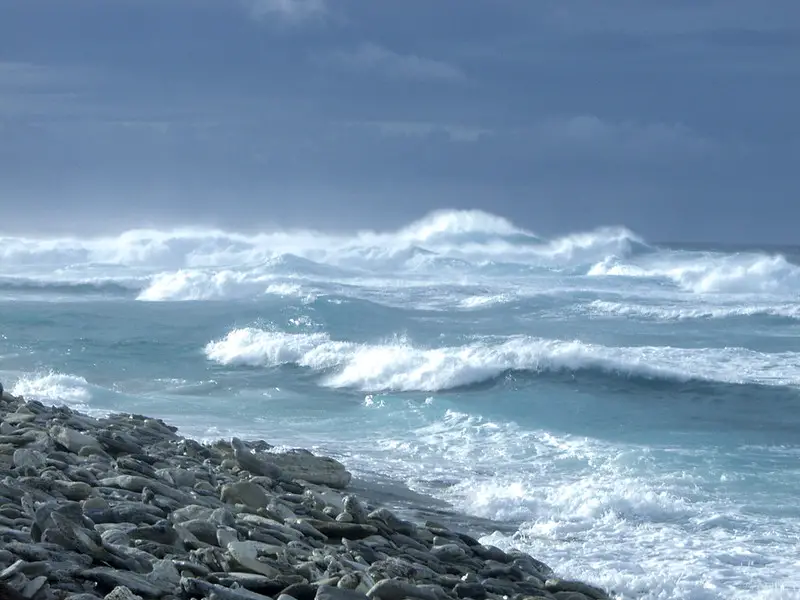
Cannon Beach, famous for its towering Haystack Rock, is a stunning stretch of the Oregon coastline known for its unspoiled beauty and remarkably clean environment. Unlike many beaches near urban areas, Cannon Beach benefits from strong environmental protections and a community that prioritizes conservation. The city enforces strict litter laws, and regular beach cleanups help keep the shoreline immaculate. Additionally, Oregon’s ban on single-use plastic bags has significantly reduced waste washing up on the beach.
Visitors to Cannon Beach can experience breathtaking sunsets, tide pools teeming with marine life, and miles of sandy coastline perfect for long walks. The strong Pacific currents help keep the water relatively clean, and the frequent mist and rain naturally wash away debris. Haystack Rock serves as a nesting ground for puffins and other seabirds, adding to the beach’s ecological importance. Thanks to a combination of natural factors and local commitment to sustainability, Cannon Beach remains one of the cleanest and most visually striking coastal destinations in the country.
6. East Beach, Santa Barbara, California
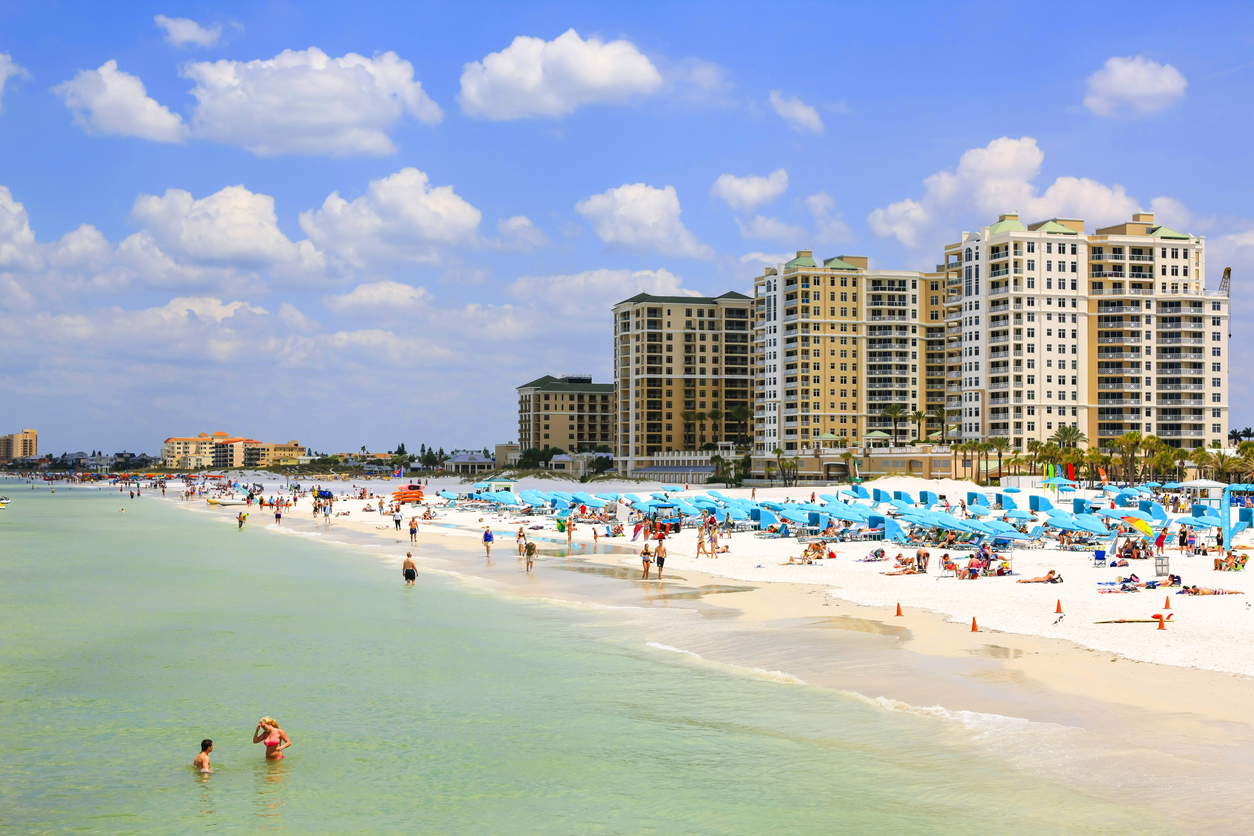
East Beach, located in the heart of Santa Barbara, offers a perfect blend of natural beauty and urban accessibility. Unlike many city beaches that struggle with pollution, East Beach benefits from Santa Barbara’s commitment to environmental preservation. The city has invested in advanced stormwater filtration systems, ensuring that urban runoff doesn’t contaminate the waters. Additionally, regular beach cleanups and local conservation groups help maintain the beach’s pristine condition.
The soft, golden sand and calm waves make East Beach ideal for swimming, sunbathing, and beach volleyball. The scenic backdrop of the Santa Ynez Mountains adds to its charm, making it one of the most picturesque beaches in California. The surrounding area is known for its eco-friendly initiatives, including sustainable tourism efforts and extensive recycling programs. Visitors can enjoy a day at the beach without worrying about excessive pollution, making East Beach a prime example of how a city can maintain a clean and thriving coastal environment.
7. Cape San Blas, Florida
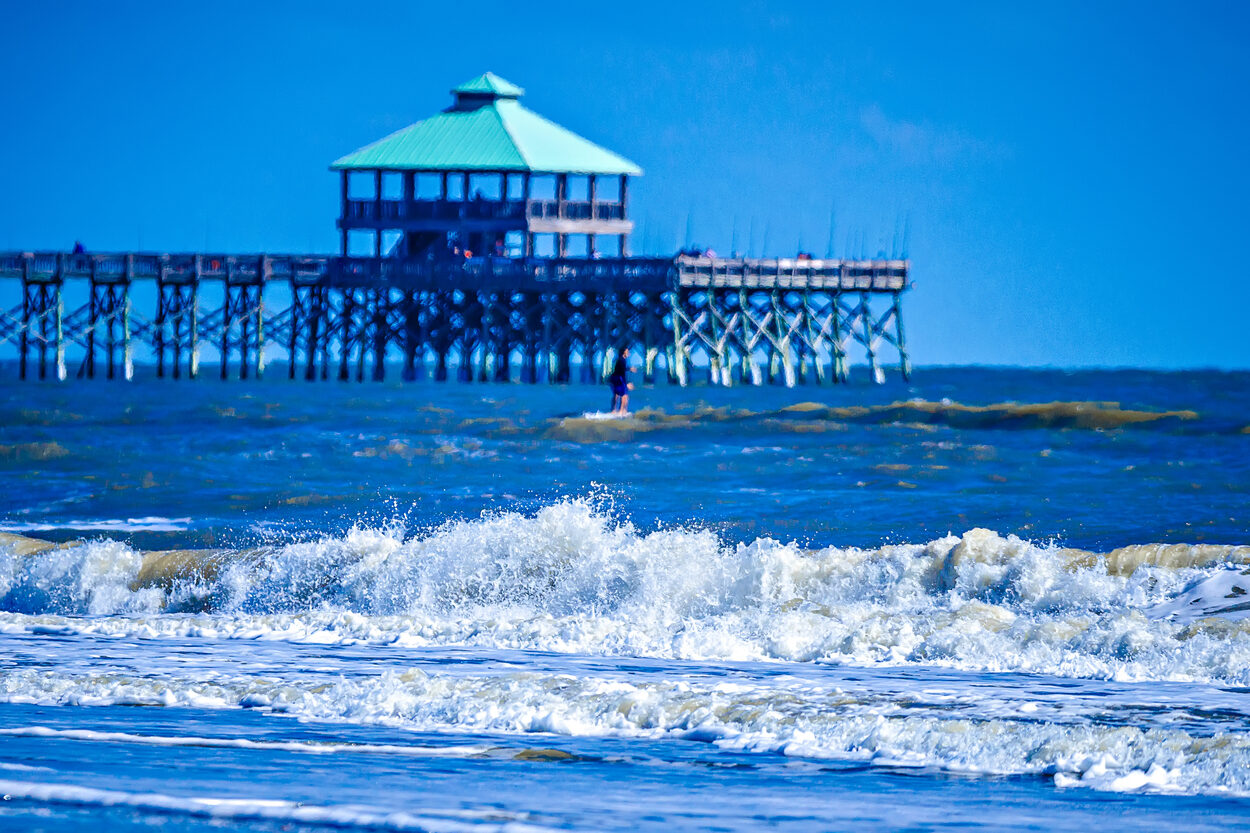
Cape San Blas, located along Florida’s Gulf Coast, is a hidden gem known for its unspoiled beaches and lack of crowds. Unlike many popular Florida destinations, Cape San Blas has avoided overdevelopment, keeping its coastline in near-pristine condition. The beach features powdery white sand and clear, warm waters that are ideal for swimming, kayaking, and paddleboarding. Because the area is largely residential and lacks high-rise hotels or commercial centers, there is minimal pollution from urban runoff.
The local community takes great pride in preserving Cape San Blas, with frequent volunteer-led beach cleanups and strict environmental regulations in place. Wildlife is abundant, with sea turtles nesting in the dunes and dolphins frequently spotted offshore. Unlike many Florida beaches that struggle with litter and pollution, Cape San Blas remains a sanctuary for both nature and visitors seeking a peaceful retreat. The commitment to conservation ensures that this beach will continue to be a haven of cleanliness and natural beauty for years to come.
8. Sand Beach, Acadia National Park, Maine
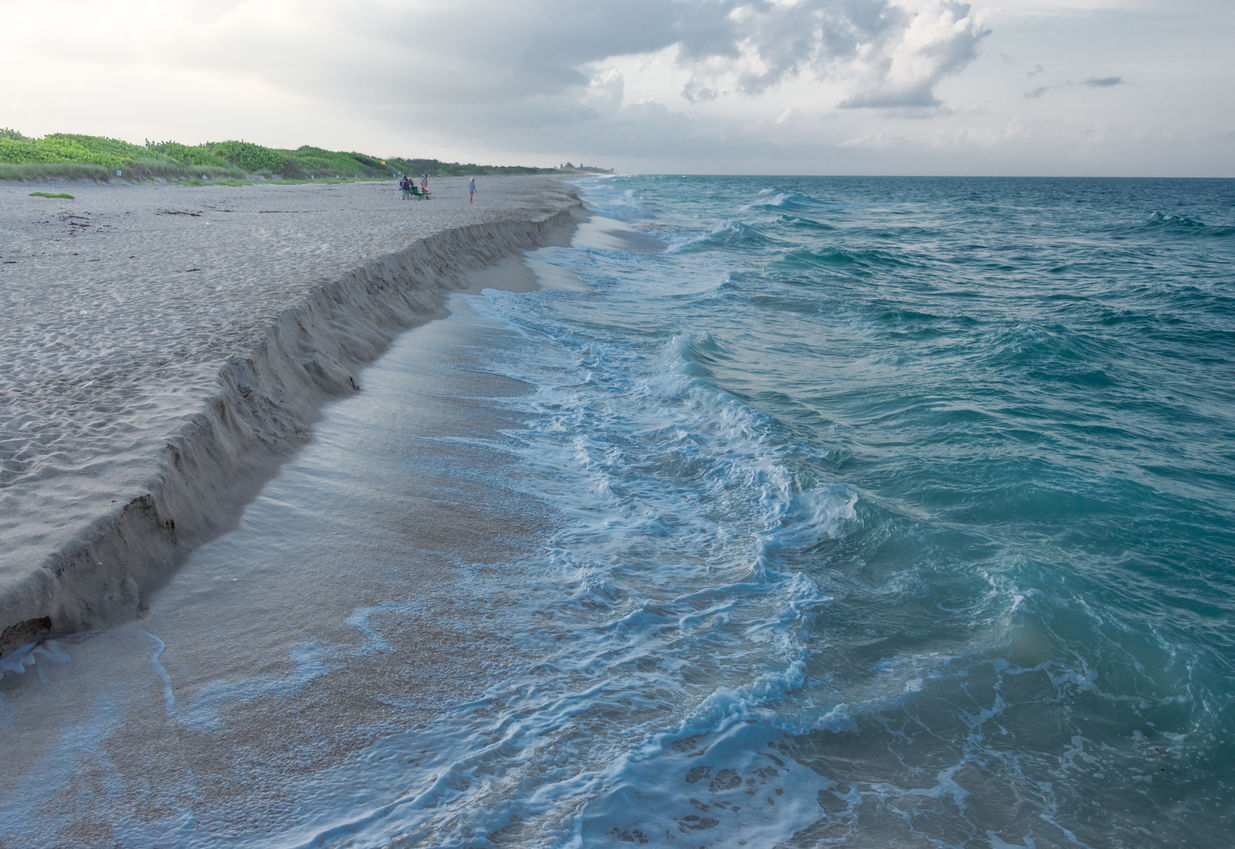
Sand Beach, nestled within Acadia National Park, is one of the most breathtaking and cleanest beaches in the U.S. Unlike many coastal destinations, this beach is surrounded by rugged cliffs and forested landscapes, providing a striking contrast to the soft, golden sand. Because it is located within a national park, the beach benefits from strict environmental protections that prevent pollution and overtourism. Visitors must follow “leave no trace” principles, ensuring that the natural beauty remains undisturbed.
The Atlantic waters here are refreshingly cold, making it a favorite spot for adventurous swimmers. The surrounding park offers numerous hiking trails that lead to stunning viewpoints overlooking the beach. With no urban development nearby, the water remains exceptionally clear, and the beach itself is meticulously maintained by park rangers and volunteers. Sand Beach exemplifies how protected natural areas can offer some of the most pristine coastal experiences in the country.
9. Henderson Beach State Park, Florida
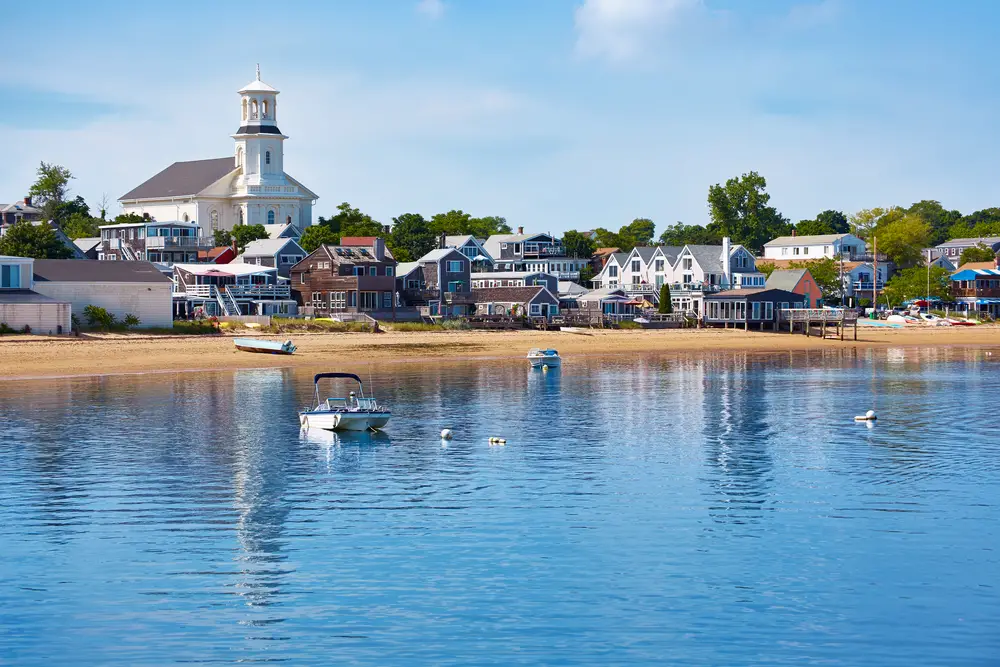
Henderson Beach State Park, located in Destin, Florida, is a pristine stretch of coastline known for its dazzling white sand and emerald-green waters. Unlike many beaches in the area that suffer from pollution due to heavy tourism, Henderson Beach benefits from its protected status as a state park. Strict conservation policies ensure that waste is properly managed and no commercial development is allowed within the park boundaries. This results in an exceptionally clean and tranquil beach environment.
The soft, quartz sand remains cool even on the hottest days, making it comfortable for barefoot walks along the shore. The clear waters are perfect for swimming and snorkeling, with an abundance of marine life visible just offshore. Rangers and volunteers conduct regular beach maintenance, ensuring that the park remains in top condition year-round. Henderson Beach State Park stands as a shining example of how thoughtful environmental policies can preserve the natural beauty of Florida’s coastline.
10. Sleeping Bear Dunes National Lakeshore, Michigan
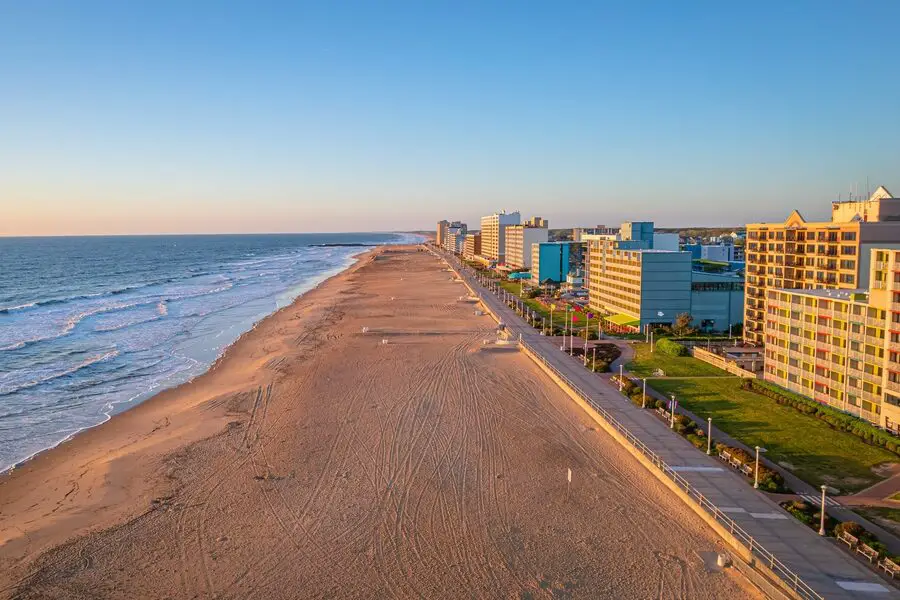
Sleeping Bear Dunes National Lakeshore, located along Lake Michigan, is one of the most unique and pristine beach destinations in the U.S. Unlike many coastal beaches, this freshwater shoreline features towering sand dunes, crystal-clear waters, and a lack of saltwater pollution. Because it is part of a federally protected area, the beach benefits from strict conservation measures that prevent pollution and overdevelopment. The result is a breathtakingly clean and peaceful environment.
Visitors to Sleeping Bear Dunes can explore miles of hiking trails, climb the massive sand dunes, or relax on the beach while enjoying the stunning views of Lake Michigan. The park’s commitment to preservation ensures that wildlife, including bald eagles and white-tailed deer, thrives in the area. With no urban runoff or heavy industrial activity nearby, the water remains remarkably clear, making it one of the cleanest and most serene beach destinations in the U.S.


